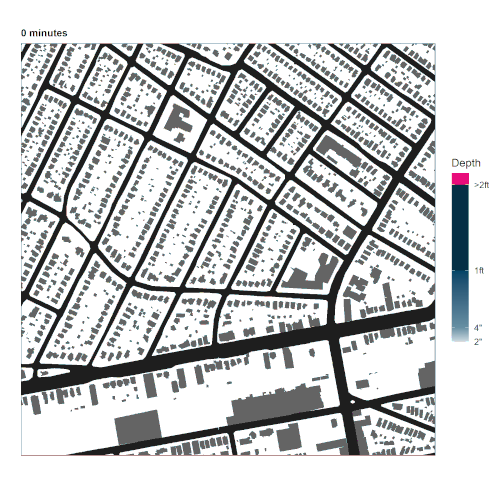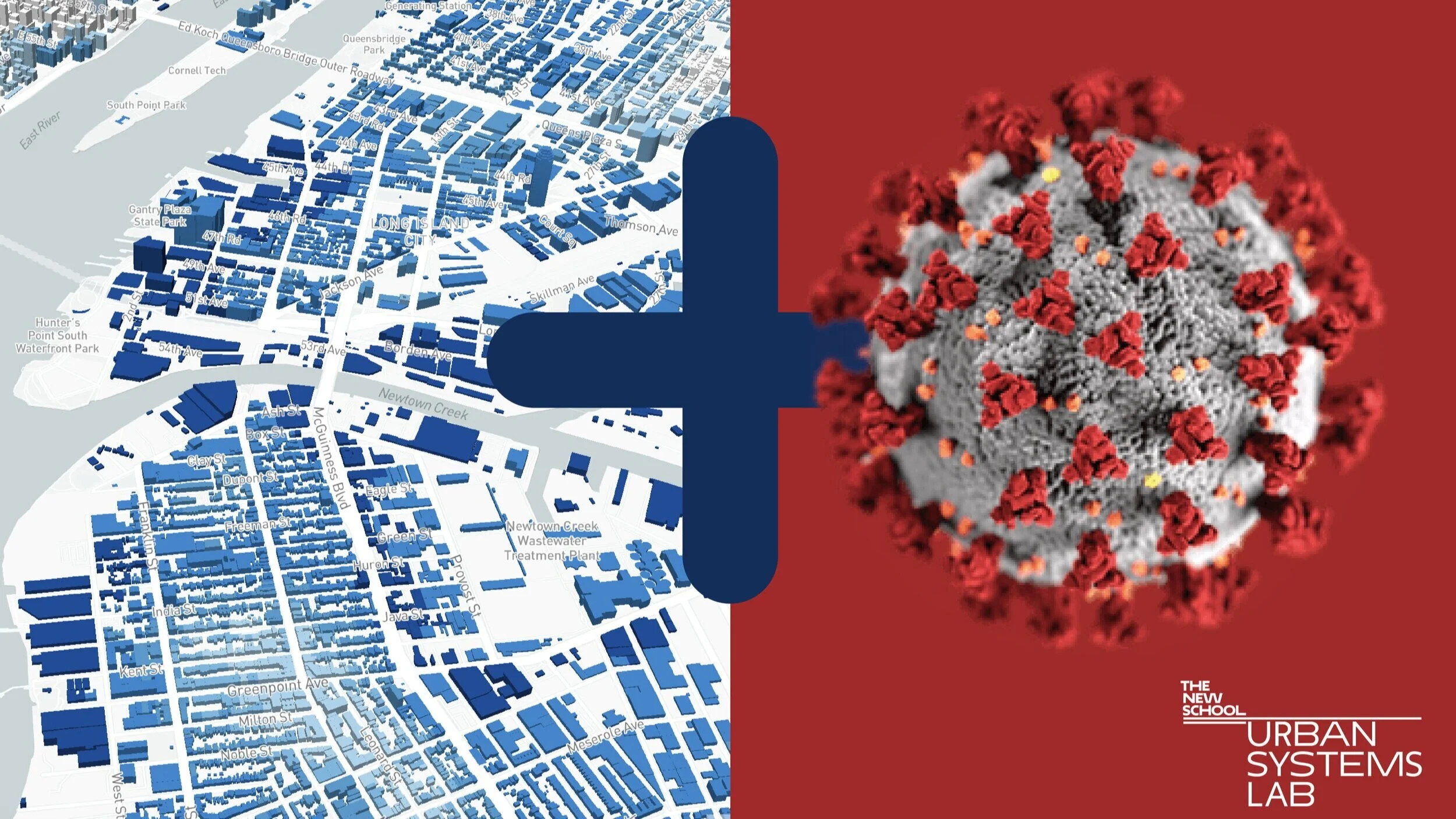Project Updates
In May 2021, the NYC Mayor's Office released the first ever citywide Stormwater Resiliency Plan, which includes an analysis of flooding caused by extreme rainfall events across the 5 boroughs. The Plan draws from results of the NYC Stormwater Resiliency Study, a Town and Gown initiative co-led by the Department of Environmental Protection (DEP), Mayor’s Office of Resiliency (MOR), Emergency Management (NYCEM), and several academic partners including the Urban Systems Lab (USL) at The New School. The overall goal of the study was to develop a unique model to advance the City's assessment of present and future exposure to urban flooding, to use these data to identify the most at-risk parts of NYC, and to identify interventions to offset this exposure. The USL co-led the development of a hydrologic model of flooding, and simulation of citywide flood exposure for twenty current and future storm scenarios with partners at Brooklyn College.
However, what is not clear is how future flooding in NYC may disproportionately impact critical infrastructure and minority and low income populations.
As part of this effort, the USL has launched stormwater.nyc a 3D data visualization mapping platform that integrates publically available data on stormwater resiliency in NYC, with population demographics, land use/cover data layers, location of critical infrastructure and greenspaces, and the New York Panel on Climate Change’s floodplain maps. To date, no other mapping platform has been developed that provides the ability to compare and contrast the potential social and infrastructural risk of future flooding scenarios in NYC. Over the coming months, the Lab will be adding in additional functionality that will allow toggling between layers to better interact with the scenarios and social and infrastructural layers, which we hope will provide a multi-hazard risk decision-support tool to improve resiliency prioritization. We will also be customizing this platform further and can also curate a series of waypoints that guide a reader through a narrative that highlights a neighborhood, e.g. one in each borough, where potential flood impact can be compared.
In cities across the U.S., extreme precipitation is projected to increase in frequency and intensity due to climate change. Urban areas are especially vulnerable to extreme precipitation due to the presence of impervious surfaces that avoid water from infiltrating. Recent events like Tropical Storm Elsa make clear that this leads to higher amounts of stormwater that need to be managed by the city's sewer systems, which can lead to flooding and/or water quality issues. Our aim in launching stormwater.nyc is to create a central node for considering the interdependent and cascading risks that multiple climate hazards and threats have on NYC’s diverse communities and to enable informed and equitable decision-making, particularly for those most at-risk.
Research Team:
Timon McPhearson, Director, Urban Systems Lab and Professor of Urban Ecology, The New School, timon.mcphearson@newschool.edu
Daniel Sauter, Associate Director, Urban Systems Lab and Associate Professor of Data Visualization The New School, sauter@newschool.edu
Claudia Tomateo, Research Fellow, The Urban Systems Lab, The New School, tomateoc@newschool.edu
Veronica Olivotto, PhD Fellow, The Urban Systems Lab, The New School, olivv722@newschool.edu
Citation:
Herreros-Cantis, Pablo, Veronica Olivotto, Zbigniew Grabowski, and Timon McPhearson. 2020. “Shifting Landscapes of Coastal Flood Risk: Environmental (In)Justice of Urban Change, Sea Level Rise, and Differential Vulnerability in NYC.” Urban Transformations 2:9. https://doi.org/10.1186/s42854-020-00014-w
Project Theme
Urban Climate Resilience


























